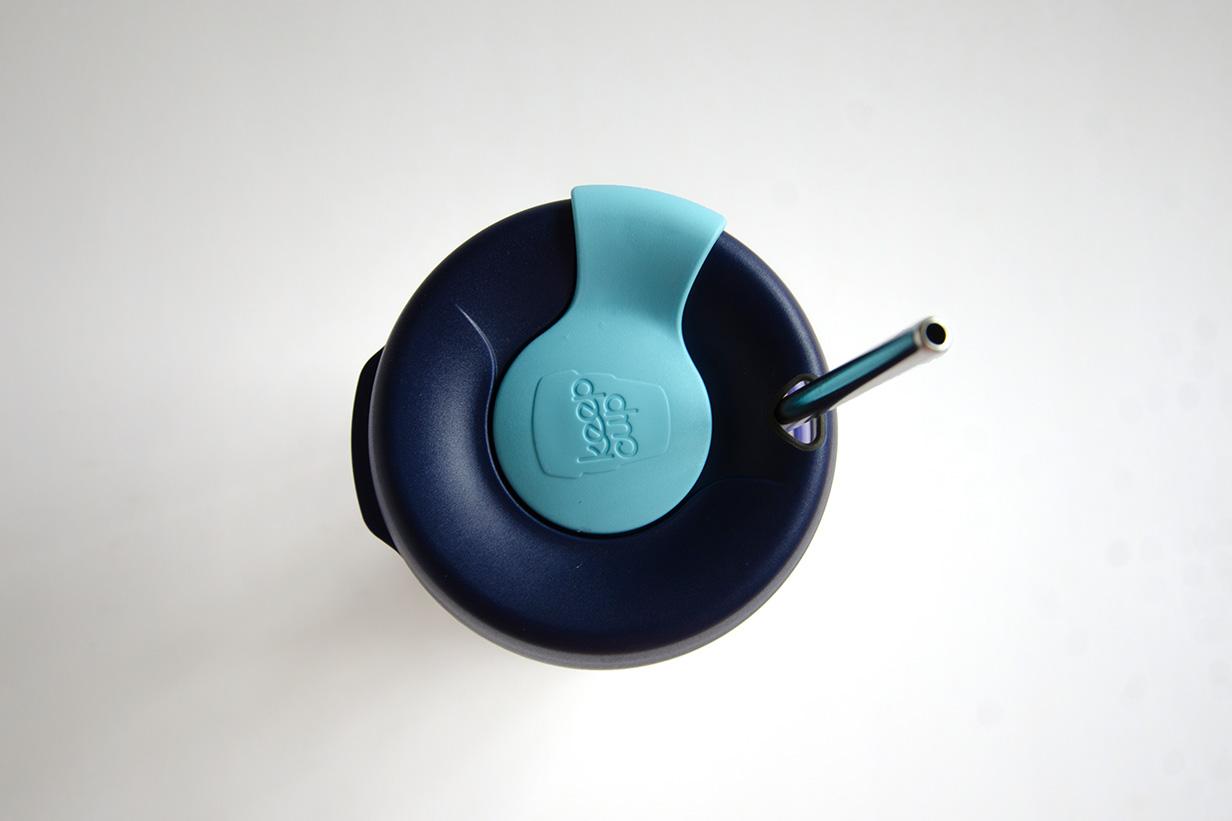When we started KeepCup, my brother Jamie Forsyth and I would debate how we would market our product. Would it be sexy - appealing with colour, design, fashion? Or would it be about our green credentials – impact, reuse and local manufacturing?
The answer of course is both – draw people in with colour and design and then keep working at reducing impact to underpin and drive our mission.
Design is what stands KeepCup apart and enabled our product to create this category of reusable. Considering the use of the product from behind the machine and from the customer's point of view is what sets our product design apart - easy to use, easy to clean. Easy to say, of course, but there's proof in the common uptake of the reusable coffee cup around the world as a result.
For KeepCup, thinking through circular design is about elevating enjoyment and quality over convenient, linear systems of waste.
To encourage reusable cup use, we ask ourselves:
- Does the proposed solution support this goal?
- Are we preserving or challenging the status quo – who will wash the cup?
- How do we bring people into the system? Is it voluntary or compulsory?
- How engaged is the audience? Why would they change?
- What gets in the way of the goal? What enables the vision?


The origin of design
The origin of the word “design†is Latin – to designate, to assign a purpose and a meaning.
Ask anyone about design and their answer will tell you a lot about how their brain works. Are they thinking in terms of communication, mechanics, a process, an image?
And so, the design of the circular economy is one of the greatest challenges of our time. It requires a rescoping of how the everyday person considers how design impacts their life and the lifecycles we impact in turn.
Everything we use has been designed by someone. And how it is designed locks in so many outcomes not just in terms of the product, but the system and supply chain the product of which the product is part.
In their book Frugal Innovation, Radjou and Prabhu suggest, “over 70% of a product’s life-cycle costs and environmental footprint is determined during its design phase.†This relates to materiality, stackabilty, product stewardship, the waste in the materials and manufacturing process, but its also the desirability, supply chain, purchase cycle and product stewardship.
When we bring this back to the circular economy, it's about designing products and services to reverse the reality of our linear/landfill based global economy.
It's not about recycling - it's about designing out waste from products and services through reduction, reuse and repair.
The circular economy needs three things
It needs a vision. The Australian Circular Economy Hub is wonderful inspiration, a great step in a shared narrative. We’re optimistic about the clever and committed people who have the vision to drive the science, and that the Australian community will rise to an inclusive and regenerative vision to do what needs to be done.
It needs a circle. Our Australian manufacturer struggles to find engineers, toolmakers, die-setters. Every government since Hawke has promised to bring manufacturing back to Australia, and yet it seems in my memory to only shut them down. There are some very unsexy, operational changes to be made across all industries that must be guided by principle, not fiscal policy.
It needs an economy. But what that looks like must flow from a vision that preserves and regenerates land, biodiversity and natural systems. We need to increase both ability and capability to manufacture, repair and reuse. Government has a vital role in setting baselines for responsibility for carbon impact, product stewardship, waste disposal and environmental protection.
As Dr Jacqueline Cramer, the Chair of Holland's Circular Economy Hotspot, said:
"Circular economy is a destination without a predetermined path"


Not the full package
Order of Australia Medal awarded to KeepCup Co-Founder Abigail Forsyth